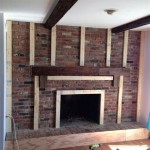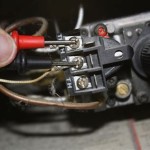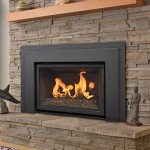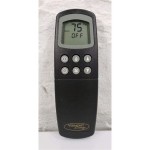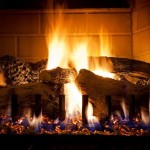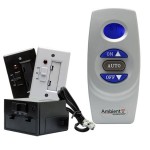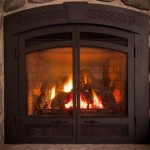Essential Aspects of Gas Line For Fireplace Insert
Installing a gas fireplace insert can enhance the warmth and ambiance of your living space. However, it's crucial to ensure a safe and reliable gas supply to power your insert. This article explores the essential aspects of gas line installation for fireplace inserts, providing guidance on selecting the right size, material, and professional installation.
Gas Line Sizing
The gas line's diameter should be appropriate for the size and heat output of your fireplace insert. An undersized gas line will restrict the flow of gas, leading to reduced efficiency and potential safety hazards. Conversely, an oversized gas line may be unnecessary and more expensive.
Consult the manufacturer's specifications for the required gas line size. The insert manual will typically indicate the British Thermal Unit (BTU) rating of the fireplace and the corresponding gas line diameter.
Gas Line Material
Gas lines are typically made of copper or black iron pipe (BIP). Copper is a durable material with excellent corrosion resistance, making it a popular choice for indoor gas lines. BIP is less expensive than copper but more prone to corrosion. However, it's commonly used for outdoor gas lines due to its strength and ability to withstand burial underground.
For indoor gas line applications, copper is generally preferred due to its flexibility, ease of installation, and aesthetic appeal.
Professional Installation
Gas line installation should always be performed by a qualified and licensed gas fitter. Attempting to install the gas line yourself can be dangerous and could result in gas leaks or other hazardous conditions.
A professional gas fitter will ensure the gas line is properly sized, routed, and connected according to building codes and safety regulations. They will also perform a leak test to verify the integrity of the installation before lighting the fireplace.
Safety Precautions
It's important to follow several safety precautions when dealing with gas appliances:
- Never light a gas appliance if you suspect a gas leak.
- If you smell gas, evacuate the area and call the gas company or fire department immediately.
- Keep flammable materials away from the fireplace and gas line.
- Have your fireplace insert and gas line inspected and serviced regularly by a qualified gas fitter.
By adhering to these essential aspects, you can ensure a safe and reliable gas supply for your fireplace insert, providing warmth and ambiance in your home for years to come.
.png?strip=all)
How To Install A Log Lighter Fireplace Gas Starter Pipe

Flexible Appliance Connector In Fireplace Plumbing Inspections Internachi Forum

Fireplace Installation Instructions Diamond Fire Glass

Fireplace Gas Line Installation In Whittier

How To Install A Log Lighter Fireplace Gas Starter Pipe

How To Install A Fireplace Gas Line Doityourself Com

How To Install A Fireplace Insert Diy Save Money

Remove A Gas Fireplace Merrypad
Gas Line In An Old Masonry Fp Hearth Com Forums Home

Fireplace Insert Guide Fireplaces Direct Learning Center
Related Posts

